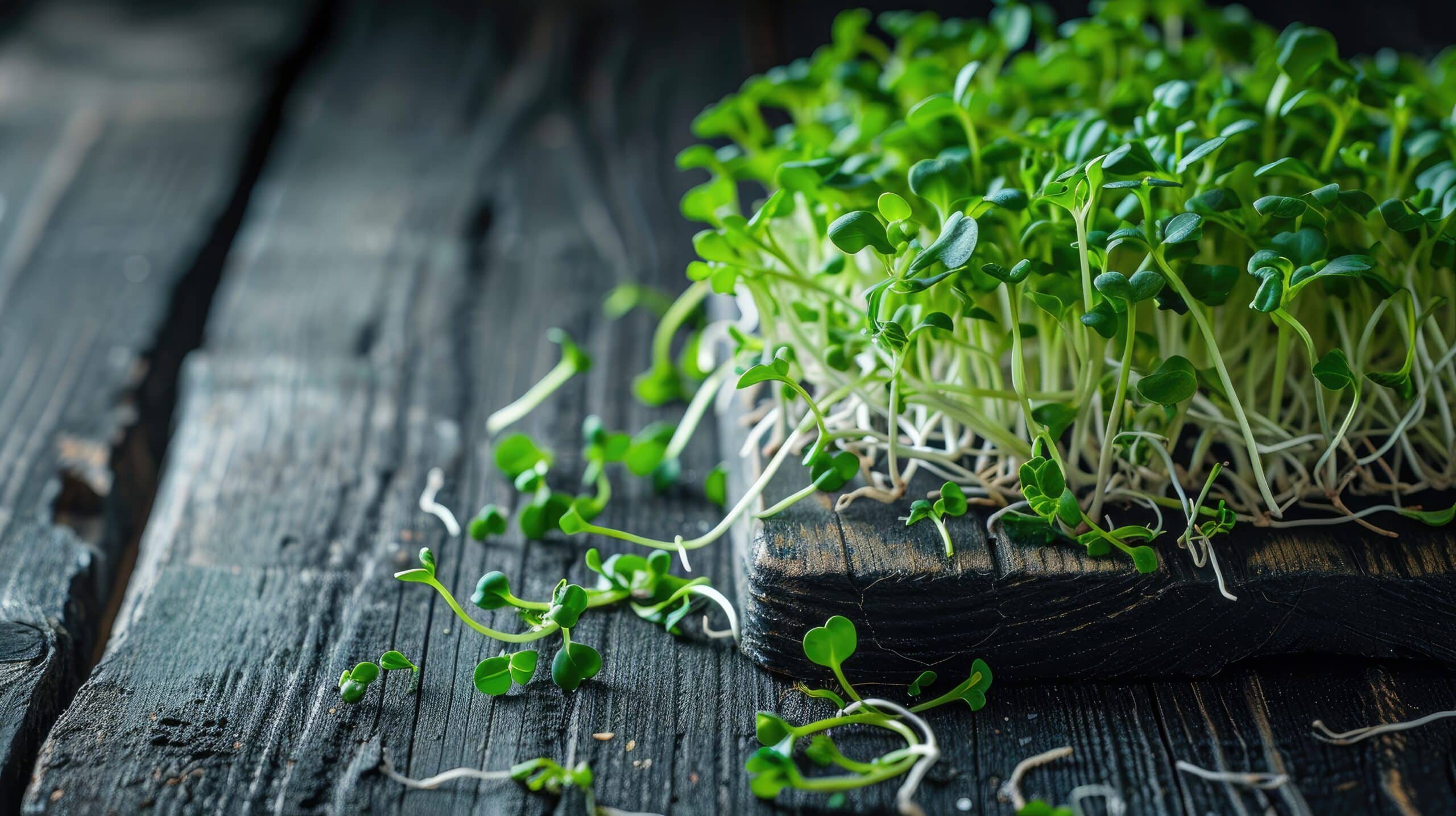What is the Secret to Growing Microgreens?
Key Takeaways
- Choosing the right seeds and varieties is crucial for successful microgreen growth.
- Preparing the growing medium properly and providing adequate light and water are essential for healthy microgreens.
- Investing in quality equipment and keeping records can improve future microgreen crops.
Growing microgreens has gained popularity among home gardeners and urban farmers due to their quick growth, high nutritional content, and versatility in culinary applications. These young and tender greens are packed with flavor and nutrients, making them a valuable addition to any diet. So, what is the secret to growing microgreens successfully? Let’s explore the best practices and tips for cultivating healthy and vibrant microgreens at home.
Choosing the Right Seeds and Varieties
The first step to success in growing microgreens is selecting the right seeds specifically labeled for microgreen production. Not all seeds are suitable for microgreens, as some varieties may not germinate well or produce quality greens. Look for seed varieties known for their high germination rates, flavor profiles, and disease resistance. Popular choices include broccoli, radish, sunflower, kale, and pea microgreens.
Preparing the Growing Medium
Microgreens can be grown in various types of growing mediums, such as soil, coco coir, or peat moss. Prepare the growing containers properly, ensuring they are clean and have drainage holes to prevent waterlogging. Fill the containers with the chosen growing medium and level it evenly. Moisten the medium before sowing the seeds to create an ideal environment for germination.
Sowing and Germinating the Seeds
Evenly sow the seeds on the moistened growing medium, ensuring good coverage without overcrowding. Gently press the seeds into the medium or mist them with water to encourage contact with the growing medium. Cover the seeds with a thin layer of additional growing medium or mist them again to maintain moisture. Place the trays in a warm and well-lit area away from direct sunlight, maintaining a consistent temperature between 60°F and 75°F.
Providing Adequate Light and Water
Microgreens require adequate light for healthy growth. Natural sunlight is ideal, but if that is not available, consider supplementing with LED grow lights. Provide 12-16 hours of light per day to ensure proper photosynthesis. Water the microgreens regularly, keeping the growing medium consistently moist but not waterlogged. Use a gentle watering method to avoid dislodging or damaging the delicate greens.
Caring for Microgreens
Monitor the growth of microgreens and ensure adequate airflow to prevent mold or disease. Thin out the greens if necessary to prevent overcrowding and allow proper air circulation. Regularly check for pests and diseases and take preventive measures, such as using natural remedies and maintaining a clean growing environment. Microgreens generally mature within 7-14 days, depending on the variety. Harvest them when they have developed their first set of true leaves.
Harvesting and Storage
Proper harvesting techniques vary depending on the delicacy of the microgreen variety. Some microgreens can be cut just above the soil level, while others may require gentle pulling. Harvesting at the right time is crucial to ensure optimal flavor and nutritional value. Store microgreens properly by refrigerating them in airtight containers or bags to maintain freshness.
The Impact of Seeding Density
Seeding density is an important factor that can impact microgreens yield. As the seeding density increases, the weight per individual plant decreases due to competition among seedlings. However, the total yield increases from the increased number of seedlings in each area. Experimenting with seeding density can help find the balance between individual plant size and overall yield.
Investing in Quality Equipment and Keeping Records
Investing in quality equipment specifically designed for microgreens cultivation, such as trays, planters, and seeders, can make the process more efficient and successful. Keeping detailed records of planting and harvesting dates, yield sizes, and other relevant information can help track what works best and improve future crops.
Related Websites:
FAQs:
Q: What are microgreens?
Microgreens are young vegetable greens that are harvested just after the first set of true leaves have developed. They are packed with nutrients and have a more intense flavor compared to their fully grown counterparts.
Q: Why should I grow microgreens?
Growing microgreens at home allows you to enjoy their nutritional benefits, such as high levels of vitamins and antioxidants. It is also cost-effective and convenient, as you can have a fresh supply of microgreens right at your fingertips.
Q: How do I get started with growing microgreens?
To get started, select the right seeds for microgreens and choose an appropriate growing medium. Understand the optimal temperature, light, and humidity conditions for their growth.
Q: What is the secret to growing microgreens?
The secret to growing microgreens lies in pre-soaking the seeds for better germination, using proper sowing techniques for even growth, ensuring adequate watering and drainage, maintaining ideal environmental conditions, and harvesting at the right time for maximum flavor and nutrition.
Q: How can I troubleshoot common issues with growing microgreens?
To address mold or fungal growth, ensure proper ventilation and avoid over-watering. Inadequate growth or leggy microgreens can be dealt with by adjusting light intensity and duration. Prevent pest infestations by practicing good hygiene and sanitation.






